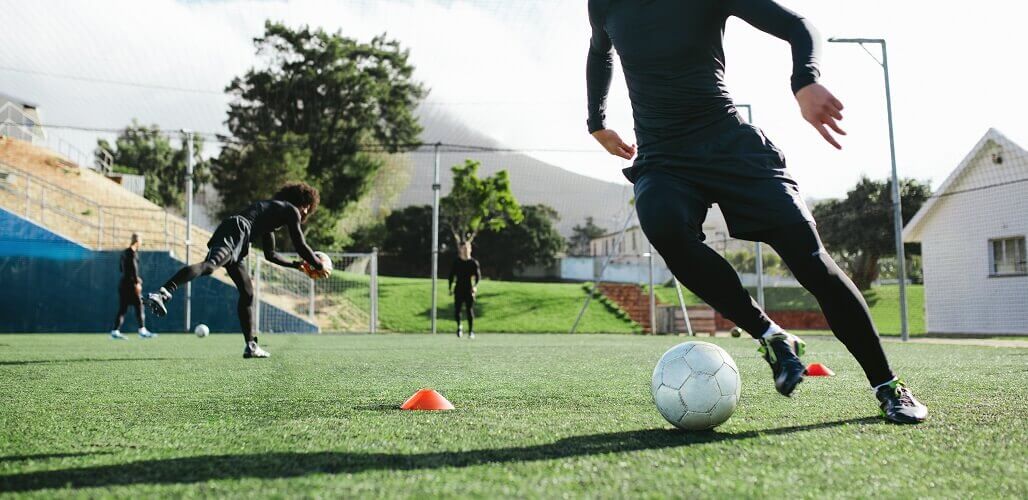
Runner’s knee - aka its more scientific name: patellofemoral pain syndrome is, as the name implies, incredibly common among runners. So common in fact that we receive many questions regarding just what exactly it is. We thought that this week we would dive into the details of just what runner's knee is (and isn’t), how to treat it and most importantly how to prevent it from happening.
What is runner’s knee? Runner’s knee is what we classify as a classic overuse injury. That pesky little family of injuries that can be caused by increasing your distance too fast putting stress on the affected area, improper training, footwear and uneven running surfaces just to name a few. Runner’s knee is less of a specific injury but more of a term we use to classify the specific pain you’re experiencing (pain syndrome).
Runner’s knee is occurs when the repeated stress of running causes an irritation where the kneecap (patella) rests on the thighbone (femur). The pain experienced varies and sharp and sudden to a dull ache and can get worse when bending the knee, walking up or down stairs or while walking on uneven terrain. Pain is typically felt behind, underneath or right in the center of the patella (kneecap). Patients often report swelling of the kneecap and/or a crunching feeling from inside the knee.
How do you treat runner’s knee? When runners begin to experience any of the symptoms mentioned above the first thing we suggest is reduce your mileage. The faster you reduce the workload on your knee the faster the healing! If you can, we suggest reducing the amount of knee bending exercises (think lunges) from your workout and daily life, all that bending adds more stress.
After we assess and get to the bottom of exactly whats happening we work with patients to incorporate more quad strengthening exercises into their cross-training. Weak quads are often to blame for knee pain as they can cause the patella (kneecap) to track out of alignment. We also suggest stretching hamstrings and calves regularly, as much like the quads, they too can pull on your kneecap. Thinks of your muscles as an intricately connected system of stretchy rubber bands. If one group of runner bands is too tight, weak, or strong it creates an imbalance causing our bones and joints to feel - you guessed it - pain.
How do I prevent runner’s knee? We love talking injury prevention! The easiest way to prevent injuries like runner’s knee is to train smart! Increasing your mileage gradually (no more than 10% a week) ensures that your body is able to adequately adapt. Secondly, cross-training. We’re always talking about the necessity or strengthening your entire body, preventing runner’s knee is a perfect example of why.
The addition of a few simple hamstring and calf stretches will help keep your muscles happy and prevent any kneecap pulling mentioned above. Lastly, strengthen those quads! Squats are not only for strengthening the glutes they’re great for quads too.
As per usual, prompt treatment is the key to speedy recover with any injury - runner’s knee is no exception. What runner’s knee isn’t is a career ending injury - with a few days off, reduced mileage and a few modifications you’ll be well on your way to pain-free running. If you’d like an assessment and recommendations on how you can prevent/and or treat runner’s knee click here to book an appointment to come hang out with us at the clinic!
Run strong :)
TRP








